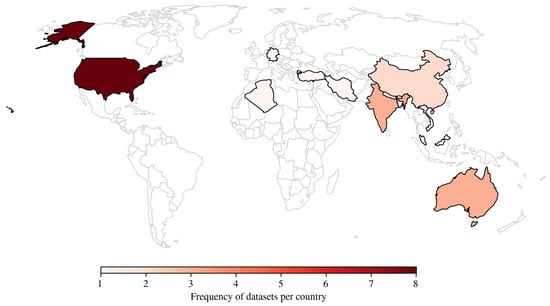- Article
A Highly Accurate and Efficient Statistical Framework for Short-Term Load Forecasting: A Case Study for Mexico
- Luis Conde-López,
- Monica Borunda and
- Gerardo Ruiz-Chavarría
- + 1 author
Short-term load forecasting is fundamental for the effective and reliable operation of power systems. Very accurate forecasting methods often involve complex hybrid approaches that combine statistical, physical, and/or intelligent techniques. In this work, we present an innovative, clear, and effective methodology for short-term hourly peak load forecasting that is both simple and highly accurate. The methodology is based on the load forecast used for electricity market purposes, together with fine-tuning dynamic estimation. As a case study, the methodology was applied and tested in Mexico’s interconnected power system. It was implemented across various regions and at both regional and load-\ zone levels of this interconnected power system and, even under a variety of standard and extreme load conditions, achieved outstanding results.
5 January 2026







